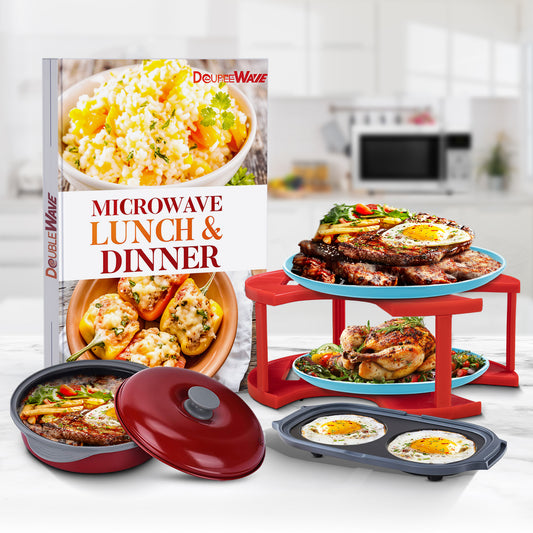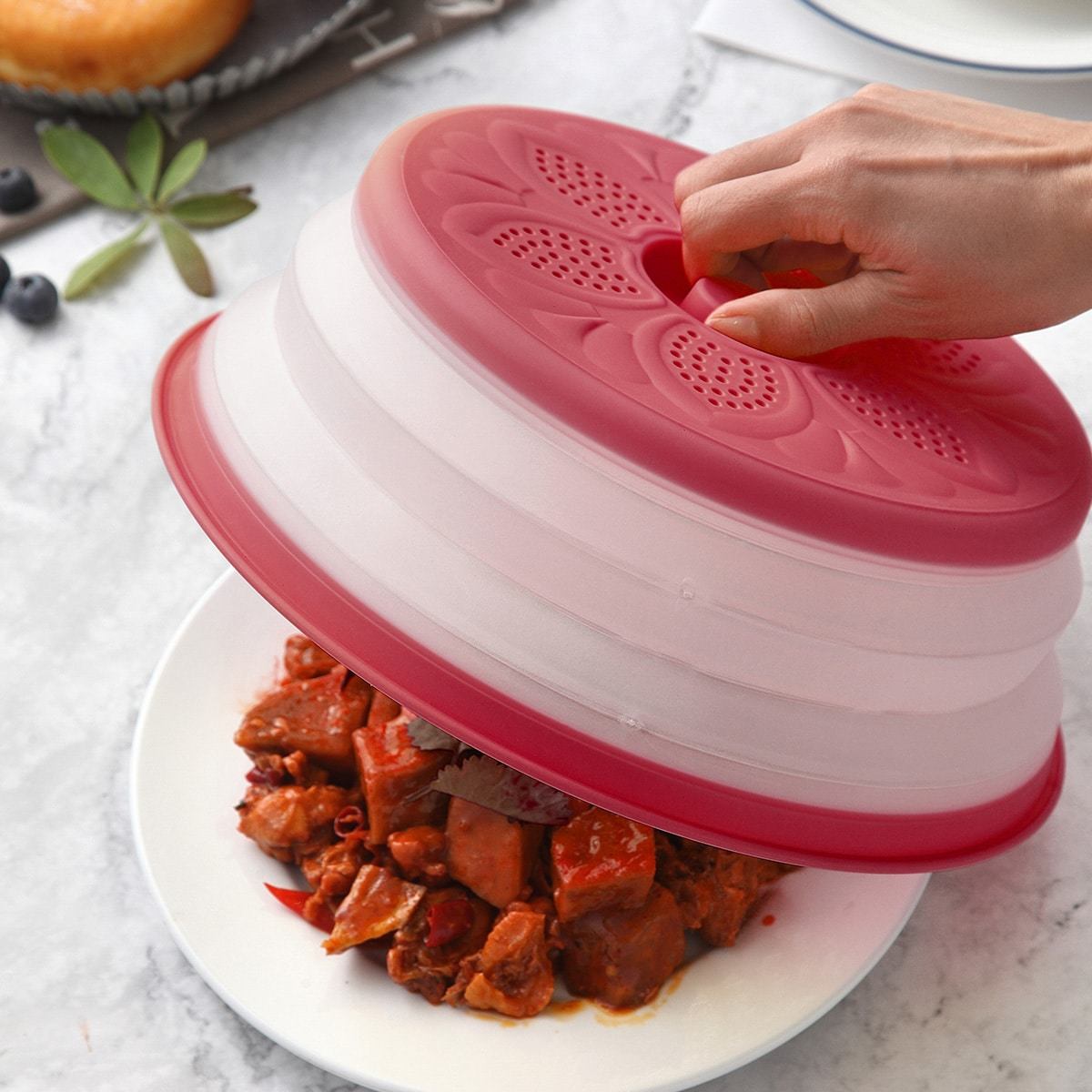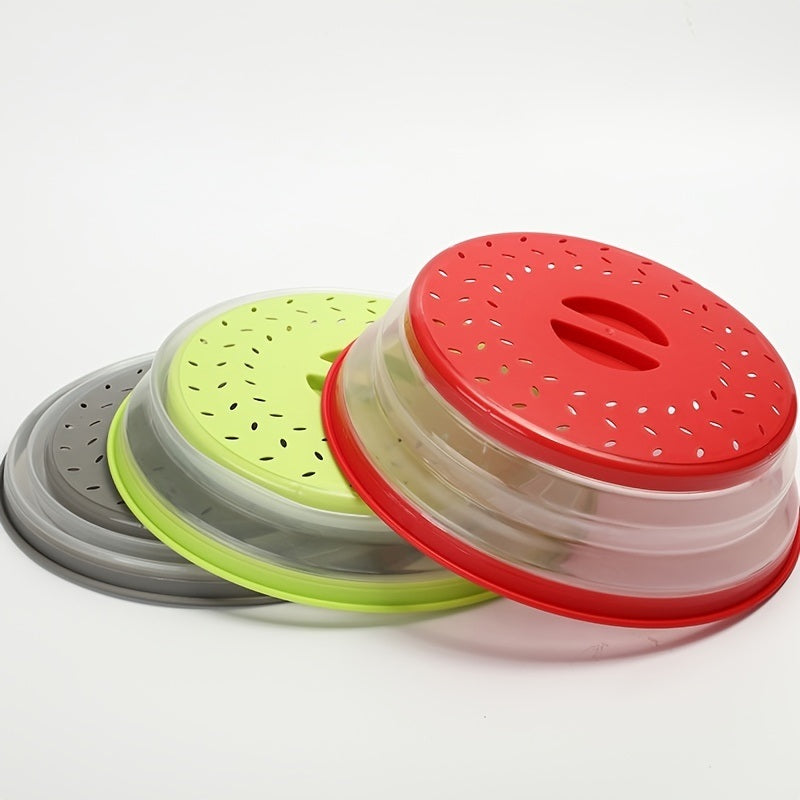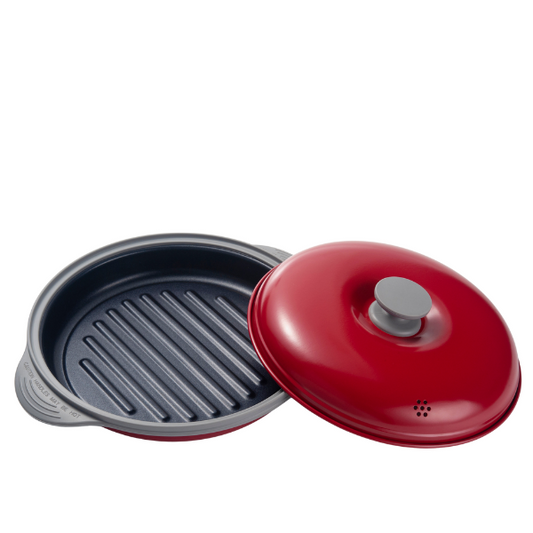Silicone vs Plastic Cooking Utensils: Heat Resistance, Durability, and Safety
Silicone vs plastic cooking utensils offer distinct advantages in the kitchen. Silicone withstands higher heat, up to 482°F (250°C), while plastic risks melting at 350°F (175°C). Silicone is more durable, non-toxic, and easier to clean, resisting stains and odors. It’s also eco-friendlier than plastic, which often ends up in landfills and poses environmental concerns.
Comparing these materials is essential to understanding their impact on cooking performance, safety, and the environment. This blog explores their key characteristics, including durability, heat tolerance, and eco-friendliness, to help you choose the best option for your kitchen. Additionally, we’ll examine their advantages, drawbacks, and practical applications, offering a comprehensive guide for your cooking needs.
Silicone vs Plastic Cooking Utensils
What Are Silicone Cooking Utensils?
Silicone is a synthetic polymer created from silicon, oxygen, carbon, and hydrogen, with silicon derived from silica sand, one of the most abundant natural elements on Earth. Its unique silicon-oxygen backbone gives it chemical inertness, making it non-reactive with food and resistant to temperature changes. Silicone is flexible, durable, and able to withstand extreme temperatures ranging from -40°F to 482°F (250°C) or higher, depending on its grade. Its non-porous nature makes it resistant to stains and odors, ideal for cooking and food preparation.
Advantages of Using Silicone in the Kitchen:
- Heat Resistance: Silicone made product (such as microwave oven splatter cover) performs well under high temperatures, making it suitable for direct contact with hot cookware or use in ovens. It remains stable without warping, melting, or emitting harmful fumes.
- Flexibility: Silicone utensils are lightweight and soft, reducing the risk of scratching non-stick cookware or glass surfaces.
- Non-Stick Properties: Silicone's smooth surface prevents food from sticking, making it easier to clean and reducing the need for oil or grease.
- Durability: Silicone utensils resist wear and tear, ensuring long-term use with proper care.
- Eco-Friendliness: While not biodegradable, silicone is reusable and long-lasting, minimizing waste compared to disposable alternatives.
-
Ease of Maintenance: Most silicone utensils are dishwasher-safe, making them convenient for busy kitchens.
Limitations of Silicone Utensils:
Higher Cost: Silicone utensils are generally more expensive than plastic due to their material properties and manufacturing process.
Flexibility Concerns: While useful, their rubbery flexibility can make them less effective for heavy-duty tasks or lifting heavy foods.
Heat Tolerance Variations: Not all silicone utensils are made from food-grade silicone, and low-quality versions may degrade or emit odors under high heat.
Recycling Challenges: Although durable, silicone requires specialized recycling facilities, which are not widely available, limiting its end-of-life sustainability.
What Are Plastic Cooking Utensils?
Plastic cooking utensils are typically made from polypropylene (PP) and nylon, two common types of thermoplastics. These materials are chosen for their affordability, lightweight nature, and ease of molding into various shapes. Polypropylene is a durable, heat-resistant plastic often used for spatulas, ladles, and mixing tools. Nylon, another widely used material, offers greater flexibility and strength but has a lower tolerance for extreme heat. Both plastics are derived from fossil fuel-based components, making them widely available but raising environmental concerns.
Benefits of Plastic Utensils
- Affordability: Plastic utensils are cost-effective, making them accessible to households with various budgets. They are often a popular choice for everyday use due to their low upfront costs.
- Availability: These utensils are widely available in stores and online, with options in various shapes, sizes, and colors to suit different needs.
- Lightweight Design: Plastic utensils are lightweight, easy to handle, and less likely to cause fatigue during prolonged use.
- Non-Scratch Surface: Many plastic utensils are safe to use on non-stick cookware, reducing the risk of damaging the cooking surface.
- Ease of Cleaning: Most plastic utensils are dishwasher-safe, simplifying maintenance for busy kitchens.
Drawbacks of Plastic Utensils
- Heat Intolerance: Plastic utensils generally have lower heat resistance than silicone or metal. Prolonged exposure to high temperatures can cause melting, warping, or deformation, especially with nylon.
- Chemical Leaching: At high heat, some plastic utensils may release harmful substances like BPA or phthalates into food. This raises safety concerns, particularly for low-quality plastics.
- Durability Issues: While inexpensive, plastic utensils are prone to cracking, breaking, or wearing out over time, making them less durable than silicone or metal alternatives.
- Environmental Concerns: Plastic utensils are often non-recyclable and contribute to landfill waste or environmental pollution, as they are derived from fossil fuels and can take centuries to degrade.
- Odor and Stain Retention: Some plastic utensils may retain odors or stains from strongly colored or aromatic foods, reducing their long-term usability.
Silicone vs. Plastic: Differences in Key Areas?
Heat Resistance: How Well Each Material Handles High Temperatures
Silicone outperforms plastic in terms of heat resistance. Food-grade silicone can tolerate temperatures up to 482°F (250°C) or higher without melting or warping, making it ideal for use in ovens, on stovetops, and with hot cookware. Plastic utensils, often made from polypropylene or nylon, have much lower heat tolerances, typically maxing out at 350°F (175°C). Exposure to higher temperatures can cause plastic to warp, melt, or release harmful chemicals, whereas silicone maintains its structure even under prolonged heat exposure.
Durability: Longevity of Silicone vs. Plastic in Daily Use
Silicone is inherently more durable than plastic due to its resistance to cracking, chipping, and deformation. It is flexible and can withstand repetitive use without showing signs of wear. Plastic utensils, while lightweight and affordable, are prone to breaking, cracking, and becoming brittle over time, especially when exposed to heat or harsh cleaning agents. Silicone’s long-term durability makes it a better option for kitchens that prioritize reliability and longevity.
Safety: Risk of Chemical Leaching or Toxin Release Under Heat
Silicone utensils, when made from high-quality, food-grade silicone, are considered non-toxic and free from harmful substances like BPA and phthalates. They do not leach chemicals into food even when exposed to high temperatures. Plastic utensils, especially low-quality versions, pose a greater risk of chemical leaching, particularly when used with hot foods or at high temperatures. Studies have shown that some plastics release potentially harmful compounds like BPA under these conditions, raising safety concerns for frequent use.
Ease of Cleaning: Dishwasher Safety and Resistance to Stains or Odors
Silicone is easier to clean than plastic due to its non-stick properties and resistance to stains or odors. Most silicone utensils are dishwasher-safe, and their smooth, non-porous surface prevents the buildup of food particles or grease. Plastic utensils, while also commonly dishwasher-safe, are more prone to retaining odors or stains from strongly colored or aromatic foods like tomato sauce or spices, requiring more intensive cleaning.
Eco-Friendliness: Environmental Impact, Reusability, and Recyclability
Silicone is a more environmentally friendly option compared to plastic. It is reusable, durable, and does not break down into microplastics that pollute oceans and ecosystems. However, silicone recycling requires specialized facilities, which are not widely available, limiting its end-of-life sustainability. Plastic utensils, derived from fossil fuel-based components, are less durable and often end up in landfills due to limited recyclability. Plastics also contribute to long-term environmental pollution, taking centuries to degrade and releasing harmful byproducts in the process.
Which Material Is Better for Specific Cooking Needs?
Best Choice for High-Heat Cooking
For high-heat cooking tasks like frying or sautéing, silicone utensils are the clear winner. Food-grade silicone can withstand temperatures up to 482°F (250°C) or higher without melting, warping, or releasing harmful substances. Silicone’s heat-resistant properties make it ideal for use with hot frying pans or woks, where prolonged exposure to high heat is common. In contrast, plastic utensils, often made from nylon or polypropylene, start to deform or emit fumes at temperatures above 350°F (175°C), making them unsuitable for high-heat applications.
Ideal Material for Non-Stick Cookware
When it comes to non-stick cookware, both silicone and plastic are gentle enough to avoid scratching delicate surfaces. However, silicone utensils offer additional benefits, such as flexibility and non-stick properties, making them better suited for non-stick coatings. Silicone’s soft edges can scrape food cleanly without damaging the non-stick layer, ensuring the longevity of your cookware. Plastic utensils, while also gentle, may degrade over time when exposed to heat, leaving scratches or marks on non-stick pans.
Recommendations for Specific Tasks
| Flipping Foods: | Silicone spatulas are excellent for flipping delicate items like pancakes, eggs, or fish. Their flexibility and heat resistance allow for precise handling without sticking or breaking the food. Plastic spatulas can work for similar tasks but are less durable under heat. |
| Stirring Soups or Sauces: | For stirring hot liquids, silicone utensils are safer due to their ability to withstand prolonged heat exposure without releasing toxins. Plastic utensils are suitable for cooler mixtures or quick tasks but are less reliable for continuous use at high temperatures. |
| Baking Tasks: |
Silicone is the best material for baking applications, including mixing, folding, or spreading batter. Its non-stick nature makes it ideal for scraping bowls or pans clean, and its flexibility allows it to conform to curved surfaces. Plastic utensils, though usable, may not provide the same precision or durability in baking tasks. |
Conclusion
Silicone and plastic cooking utensils each have unique strengths, but silicone excels in heat resistance, safety, and durability, making it ideal for high-heat tasks and non-stick cookware. While plastic is affordable and widely available, it has limitations like chemical leaching and shorter lifespan. Choosing silicone ensures better performance and safety, while plastic suits light-duty, budget-friendly needs.
Frequently Asked Questions
Are Silicone Utensils Safer Than Plastic?
Yes, silicone utensils are generally safer than plastic. Food-grade silicone does not leach harmful chemicals like BPA or phthalates, even under high heat. Plastic utensils, particularly low-quality ones, may release toxic substances when exposed to high temperatures, posing potential health risks.
Do Plastic Utensils Leach Chemicals Into Food?
Plastic utensils can leach chemicals into food, especially when used at high temperatures or with acidic ingredients. Substances like BPA or other additives may migrate into food, raising safety concerns. Silicone, being an inert material, does not react with food or release toxins under heat.
Can Silicone or Plastic Utensils Be Recycled?
Silicone utensils can be recycled but require access to specialized recycling facilities, which are not widely available. Plastic utensils, depending on the type, may be recyclable in municipal centers, but many are single-use items that end up in landfills, contributing to environmental pollution.
Which Is Better for Non-Stick Surfaces?
Silicone is better for non-stick surfaces due to its soft, flexible structure and non-stick properties. It prevents scratches and ensures the longevity of non-stick cookware. Plastic utensils are also gentle but may degrade over time, leaving marks or scratches.
What Is the Lifespan of Each Material?
Silicone utensils are more durable, lasting years with proper care due to their resistance to wear, heat, and chemical degradation. Plastic utensils have a shorter lifespan, as they are prone to cracking, melting, or discoloration, especially when exposed to heat or harsh cleaning methods. Silicone offers better long-term value for kitchens focused on durability and performance.
-
Microwave Grill Pan with Lid | Microwave Griller, Griddle & Crisper Pan with Lid for Grilling, Browning, and Crisping Foods
(283)Regular price $54.99Regular priceUnit price / per$65.00Sale price $54.99Sale











